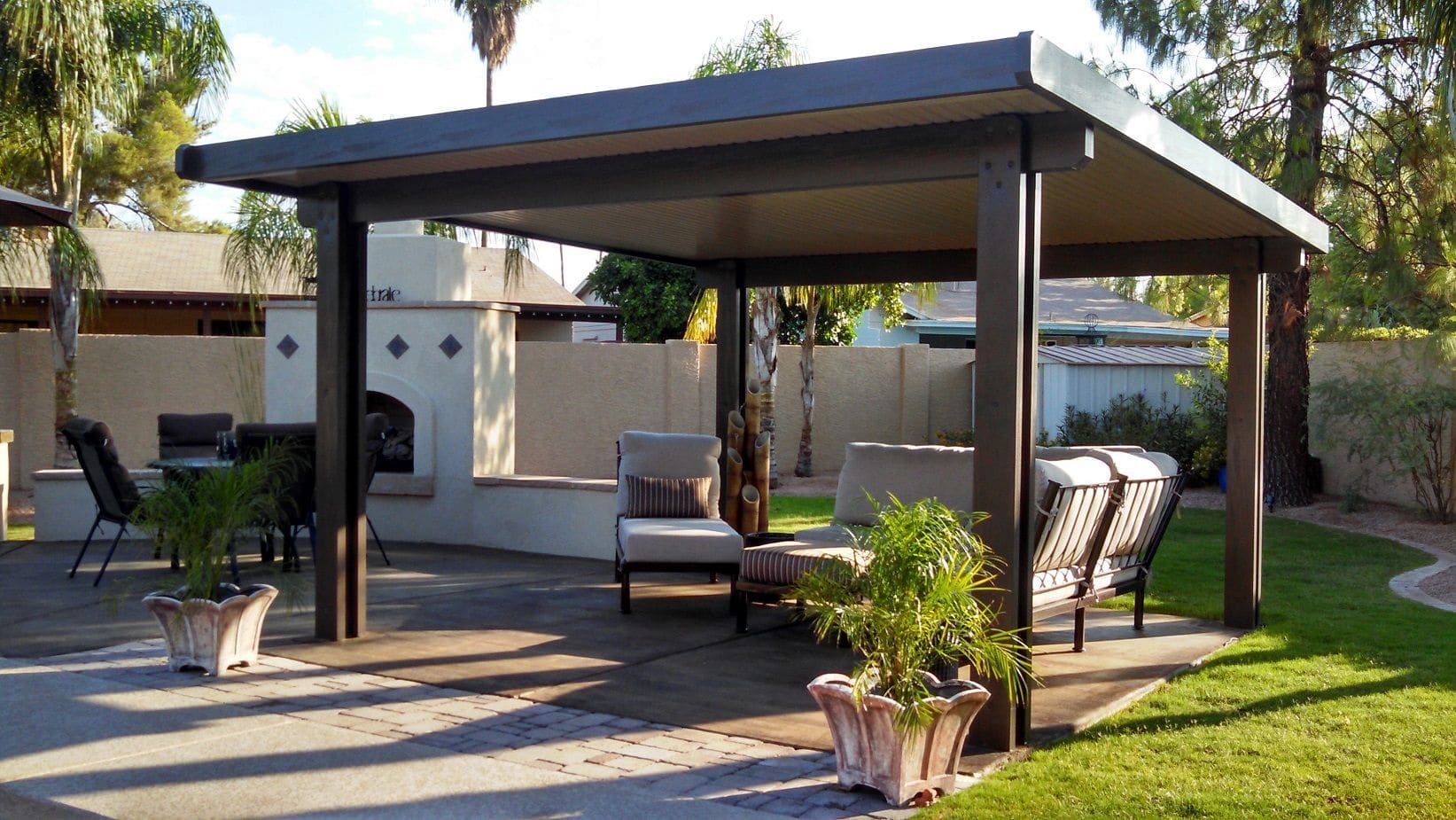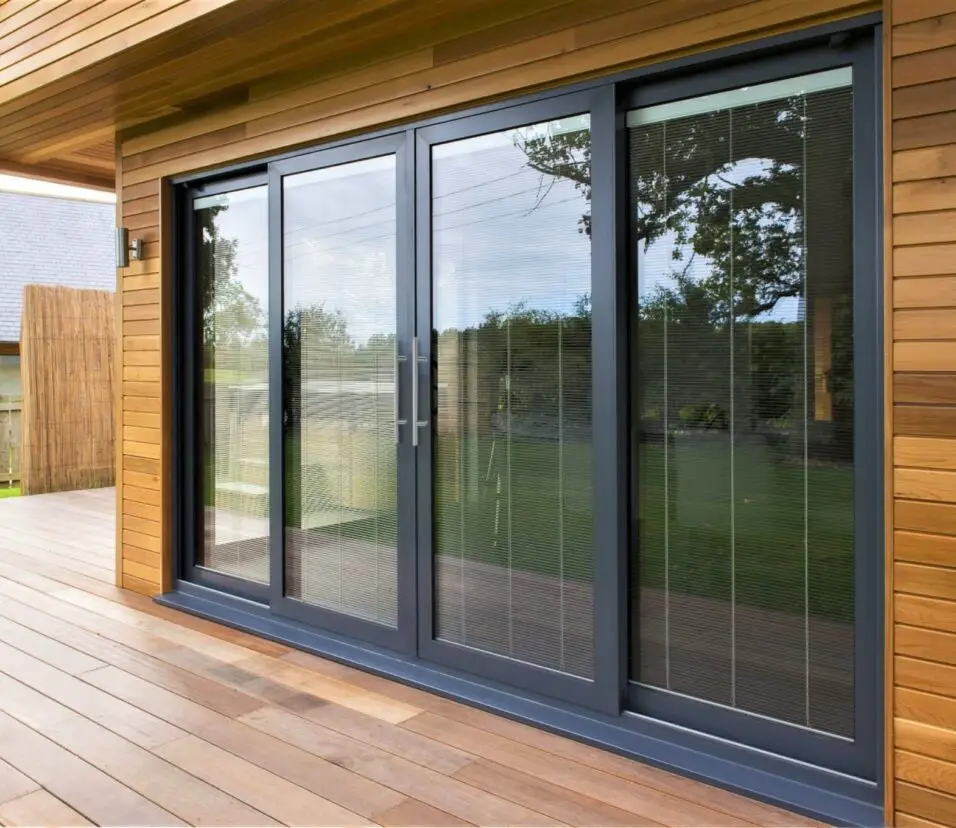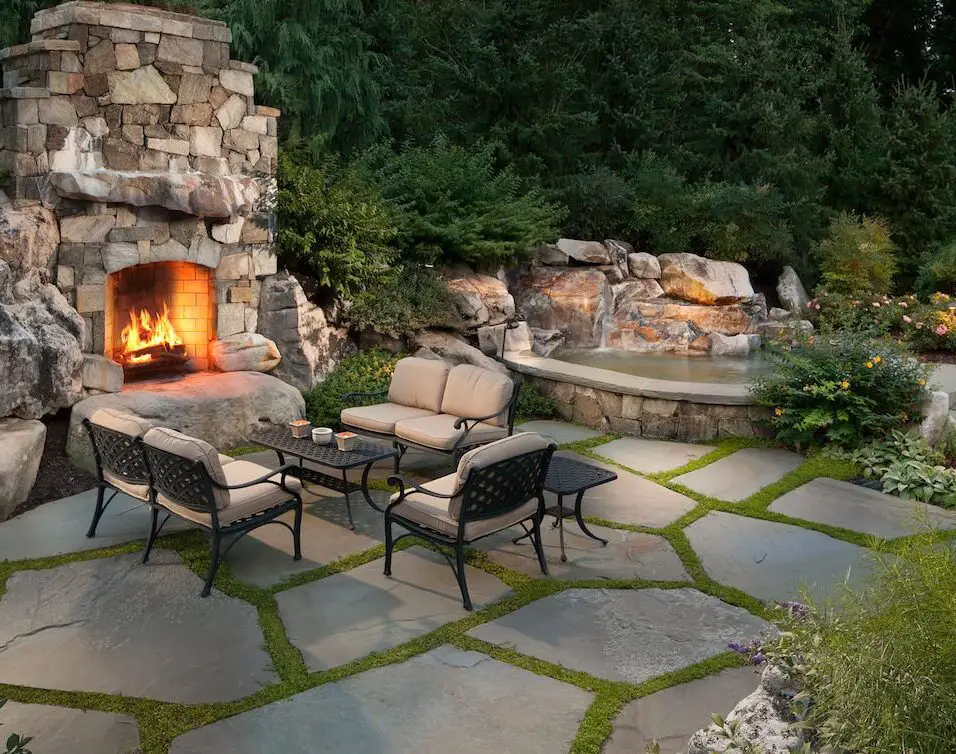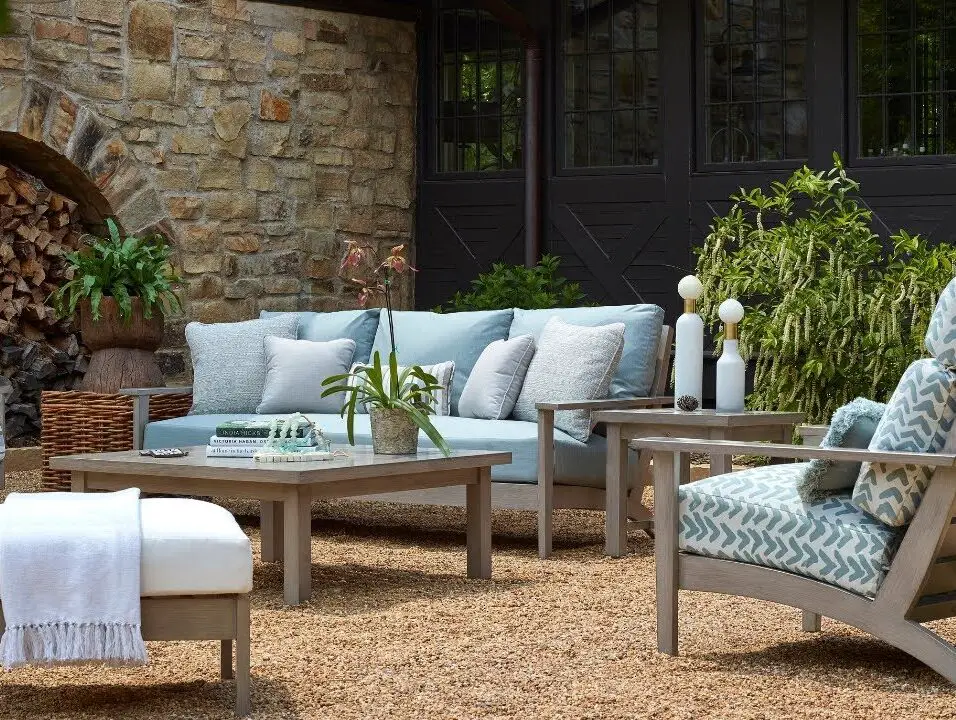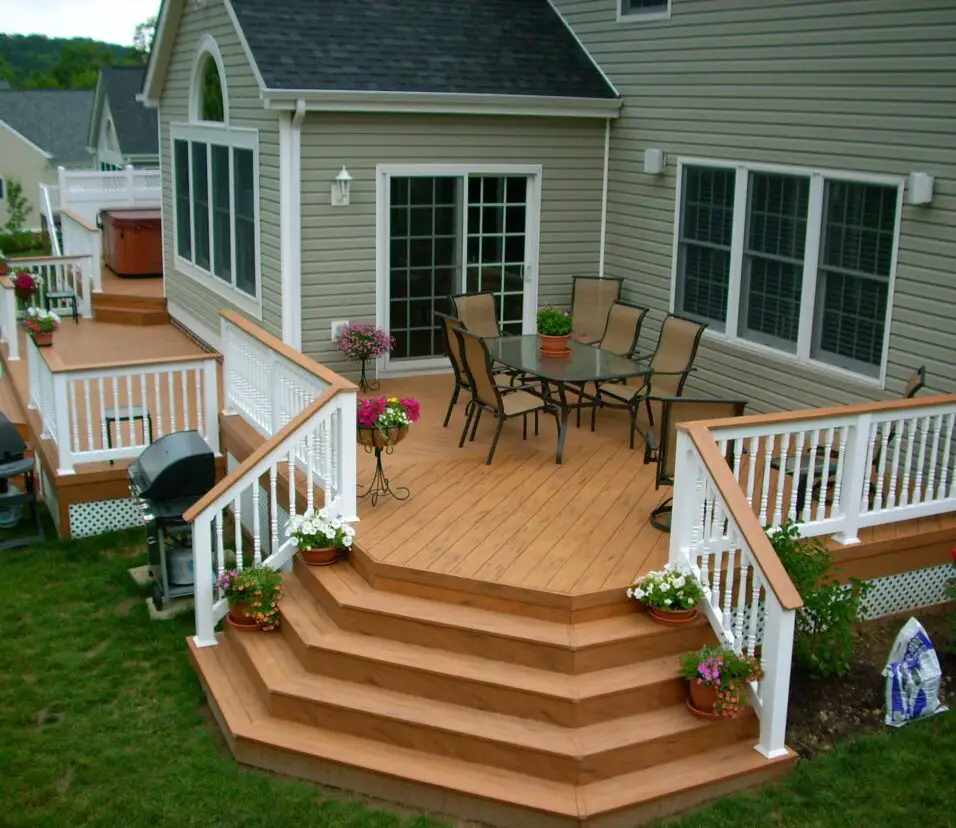How To Install Aluminum Patio Cover
Introduction
How To Install Aluminum Patio Cover: Installing an aluminum patio cover can be a great way to create a shaded area where you can relax and entertain guests. Whether you want to protect your patio furniture from the elements or simply enjoy the shade on a hot summer day, an aluminum patio cover can provide the perfect solution. In this article, we will guide you through the process of installing an aluminum patio cover, step by step.
Firstly, it is important to choose the right type of aluminum patio cover for your needs. There are various styles and designs available, so take some time to consider what will work best for your outdoor space. You may want to measure the area where you plan to install the cover to ensure you choose the correct size. Additionally, think about whether you want a solid cover or one with adjustable louvers that can be opened and closed to control the amount of sunlight that enters the space.
Once you have selected the right patio cover, the next step is to gather the necessary tools and materials. You will typically need a ladder, drill, screws, and a level, among other basic tools. It is also important to have someone to assist you during the installation process, as some steps may require more than one person. Make sure you have all the required materials, such as the aluminum panels, support beams, and any additional accessories that may be included with your patio grass kit.
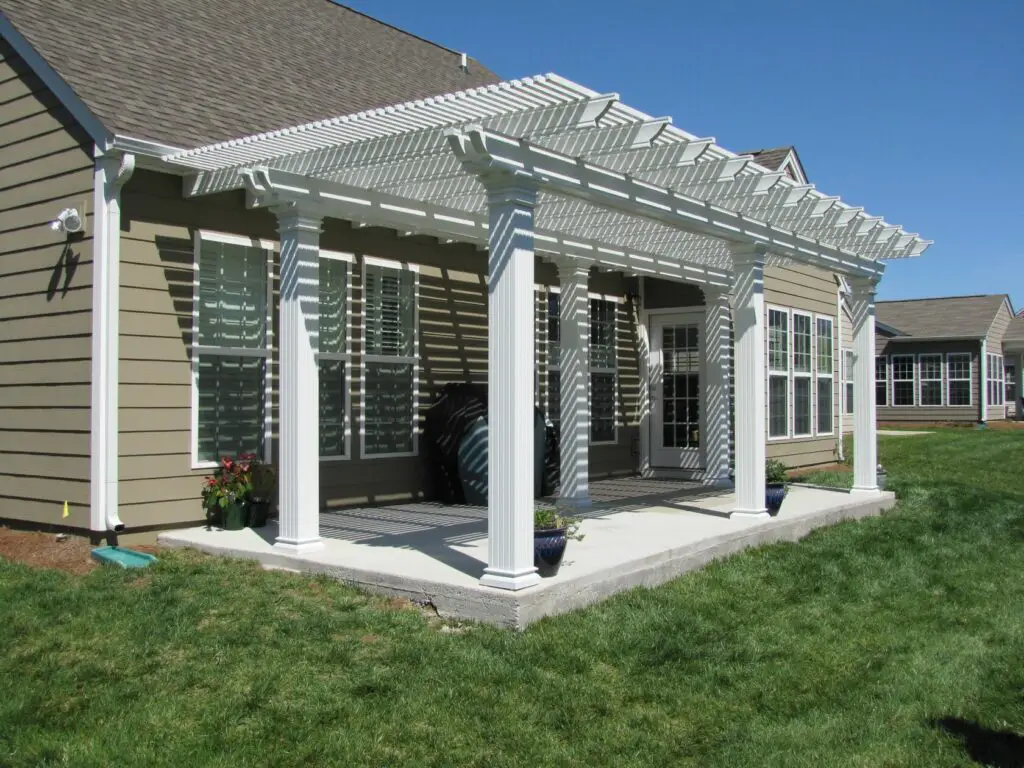
What are the disadvantages of aluminum patio covers?
Aluminum patio covers are a popular choice for homeowners looking to enhance their outdoor living space. These covers provide shade and protection from the elements, making them a great addition to any patio or deck. However, like any other material, aluminum patio covers also have their disadvantages. It is important for homeowners to be aware of these drawbacks before making a decision.
One of the main disadvantages of aluminum patio covers is their cost. Aluminum covers tend to be more expensive than other materials such as wood or vinyl. This can be a deterrent for homeowners on a tight budget. Additionally, the cost of installation can also be higher for aluminum covers, as they require specialized tools and expertise.
Another disadvantage of aluminum patio covers is their durability. While aluminum is a strong and durable material, it is not as resistant to damage as other materials. For example, aluminum covers can dent or scratch easily, especially if they are not properly maintained. This can be a concern for homeowners who live in areas with heavy rainfall or hailstorms.
Furthermore, aluminum patio covers can also be prone to corrosion. Over time, exposure to the elements can cause the aluminum to oxidize and develop a dull appearance. This can be particularly problematic for homeowners who live in coastal areas, where the salt air can accelerate the corrosion process.
Lastly, aluminum patio covers may not offer as much design flexibility as other materials. While aluminum covers come in a variety of colors and styles, they may not be able to match the aesthetic of certain homes or outdoor spaces. This can be a drawback for homeowners who are looking for a specific look or design for their patio cover.
Can you screw into aluminum patio cover?
Aluminum outdoor covers can be screwed into. The durability, low upkeep, and good looks of aluminum patio covers make them a popular choice among homeowners. An excellent addition to any outdoor place, they offer shade and protection from the weather. Staples can be quickly attached to the aluminum patio cover so you can hang lights, put in a ceiling fan, or mount a TV.
Designed to be strong, aluminum patio covers can hold a variety of accessories and features. They’re usually made of high-quality metal that doesn’t rust or corrode. So, you can use them outside without worrying about damage from rain, sun, or other weather conditions.
Using the right tools and methods when screwing into a metal patio cover is important for a safe and long-lasting installation. Start by finding out what kind of screws can be used with metal. People usually suggest stainless steel screws because they are strong, last a long time, and don’t rust.
Finding the studs or support beams under the metal patio cover is important before you start screwing into it. Along with a solid anchor point for the screws, this will make sure that they are safely attached. The location of a stud can be determined by using a stud finder or tapping on the cover to hear a solid sound.
After finding the bolts, you can mark where you want the screws to go. Pre-drilling pilot holes is suggested to keep the metal from breaking or cracking. To make things even easier, this will help you put the screws in without using too much force.
Is aluminum good for patio cover?
Aluminum is a popular material choice for patio covers due to its numerous benefits and advantages. It offers a range of features that make it a suitable option for homeowners looking to enhance their outdoor living spaces. From its durability and low maintenance requirements to its versatility and aesthetic appeal, aluminum proves to be a good choice for patio covers.
Durability: One of the key reasons why aluminum is considered good for patio covers is its durability. Aluminum is a strong and sturdy material that can withstand various weather conditions, including rain, snow, and strong winds. It is resistant to rust, corrosion, and fading, making it a long-lasting option for outdoor structures.
Low Maintenance: Another advantage of aluminum patio covers is their low maintenance requirements. Unlike wood, which may require regular staining or painting, aluminum does not need to be repainted or refinished. It can be easily cleaned with soap and water, making it a hassle-free option for homeowners.
Versatility: Aluminum patio covers come in many shapes, designs, and colors, letting homeowners choose the one that best suits their outside space. Aluminum patio covers are offered in conventional and modern styles.
Aluminum patio covers may improve the look of your outdoor space. They can make your patio elegant and pleasant for you and your guests. Aluminum covers can also be modified with lighting fixtures and ceiling fans to improve their performance and appearance.
Can you drill into aluminum patio?
Drilling into aluminum is easy for patio furniture adjustments or adding accessories like an umbrella stand or plant hanger.
Selecting the appropriate drill bit is crucial. High-speed steel (HSS) drill bits are best for aluminum. HSS drill bits can endure high drilling temperatures and are excellent for aluminum and other soft metals. A metal-specific drill bit ensures clean, precise holes.
Second, secure the aluminum patio before drilling. Clamp or vice grab it to hold it. This will keep the aluminum from sliding or shaking during drilling, preventing incorrect holes or material damage.
Third, use lubricant or cutting fluid while drilling metal. This reduces friction and heat, smoothing drilling and minimizing drill bit overheating. A small amount of lubrication on the drill bit and the area being drilled will also extend its life.
What are 2 disadvantages of aluminum?
Aluminum is a popular metal in many areas because it has many benefits. It does have some problems, though, just like any other object. Aluminum isn’t as strong as some other metals, and it rusts quickly.
Aluminum is very easy for rusting to happen. It Aluminum rusts faster than metals like stainless steel when it is in certain situations.A thin layer of aluminum oxide forms on top of aluminum when oxygen gets in contact with it. That being said, this layer does protect against corrosion, but very extreme conditions can break or pierce it. Because of this, marine and chemical companies are not good places for aluminum.
Metal is weak, but it has another problem as well. Even though it is lighter, aluminum is not as strong as steel or titanium. This makes it less useful when it’s needed to be very strong or hold a lot of weight. When it comes to making structures, like in the construction business, steel is often better than aluminum. Titanium is also often used instead of aluminum for important aircraft parts that need to be able to handle a lot of stress and power.
Even with these problems, aluminum is still a popular choice in many areas because it has many good qualities. Because it is light, good at conducting electricity and heat, and useful for packing, moving, and connecting electrical things. Aluminum is also easy to recycle, which makes it good for both people and the world.
What tools and materials are needed for installing an aluminum patio cover?
When installing an aluminum patio cover, there are several tools and materials that you will need to ensure a successful installation. Here is a list of the essential items:
1. Measuring tape: This will be used to accurately measure the dimensions of your patio and determine the size of the cover you need.
2. Screwdriver: A screwdriver will be needed to secure the aluminum panels and other components of the patio cover.
3. Drill: A drill will be necessary to create holes for screws and other fasteners.
4. Level: A level will help you ensure that the patio cover is installed evenly and is not slanted.
5. Ladder: Depending on the height of your patio, you may need a ladder to reach certain areas during the installation process.
6. Aluminum panels: These are the main components of the patio cover and will provide shade and protection from the elements.
7. Screws and fasteners: You will need screws and other fasteners to secure the aluminum panels and other parts of the patio cover together.
8. Sealant: A sealant will be necessary to ensure that the patio cover is watertight and protected from leaks.
By having these tools and materials on hand, you will be well-prepared to install an aluminum patio cover and create a comfortable outdoor space for your home.
Are there any specific safety precautions to consider during the installation process of an aluminum patio cover?
Yes, there are several important safety precautions to consider when installing an aluminum patio cover. First and foremost, it is crucial to wear appropriate safety gear, such as gloves, safety glasses, and a hard hat, to protect yourself from any potential injuries. Additionally, make sure to work on a stable and level surface to prevent any accidents or falls.
Furthermore, it is important to follow the manufacturer’s instructions and guidelines throughout the installation process. This includes using the correct tools and materials, as well as ensuring that all components are securely fastened. It is also recommended to have a helper or assistant during the installation to provide additional support and assistance.
Are there any recommended techniques or tips for ensuring a secure and durable installation of an aluminum patio cover?
There are various ways to install an aluminum patio cover securely and durably. Before installing the patio cover, measure and arrange its layout. This involves choosing the right cover size and placement and addressing any potential difficulties.
After choosing a layout, anchor the patio cover to the ground or structure. This can be done with concrete footings, anchor bolts, or other secure fasteners. The manufacturer’s installation instructions will include particular patio cover security tips, so follow them.
Sealing and weatherproofing the patio cover is another way to ensure a secure installation. Water leakage and damage can be prevented with sealants and caulking. Inspect and maintain the patio cover regularly for wear and damage and fix it immediately to avoid more concerns.
Are there any common mistakes to avoid when installing an aluminum patio cover?
There are a few common mistakes that should not be made when putting an aluminum patio cover so that the job goes well and lasts a long time. One mistake that people often make is not planning and measuring the installation area correctly. It’s important to get a good idea of how big the patio area is and to think about any things that might get in the way of the installation. If you don’t do this, the cover might not fit right or it might be hard to connect the cover to the patio structure.
Another common mistake is not attaching the aluminum patio cover properly to the frame that is already there. It is very important to use the right fasteners and make sure they are firmly attached to the patio structure. If you don’t do this, the cover could become loose or unsteady, especially when it rains or winds a lot.
Also, mistakes can happen during the installation process if you don’t follow the manufacturer’s directions and standards. It is important to read and fully understand the manufacturer’s instructions to make sure the cover is put on properly. This includes lining up and connecting the panels correctly and sealing any holes or joints correctly to stop water from leaking through.
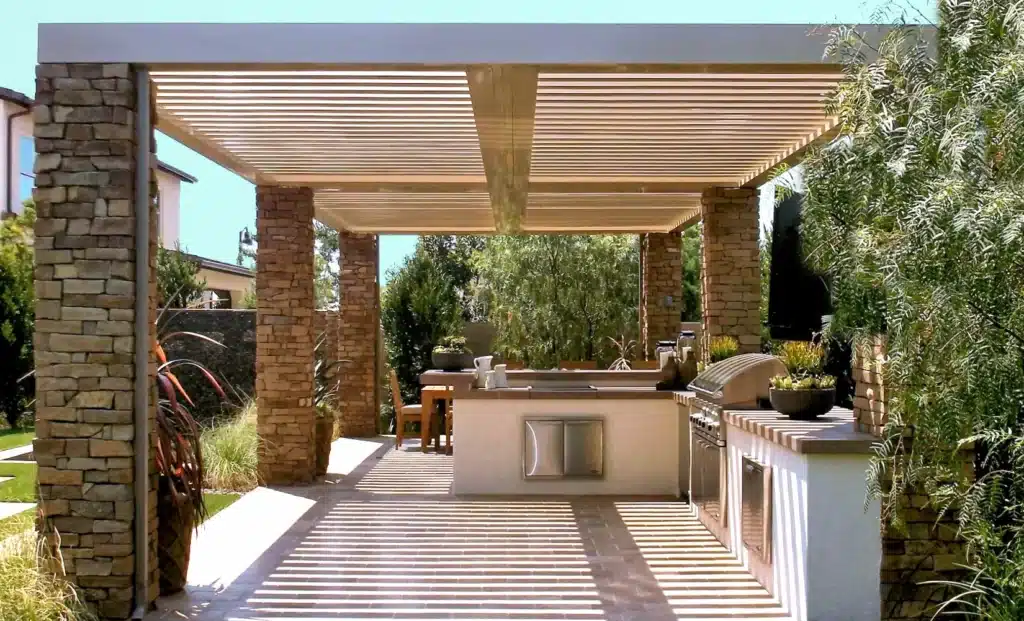
Conclusion
Installing an aluminum patio cover can be a great addition to your outdoor space. Not only does it provide shade and protection from the elements, but it also adds a touch of elegance and style to your patio. Whether you are looking to create a cozy outdoor seating area or a space for entertaining guests, an aluminum patio cover can help you achieve your desired look and functionality.
One of the first steps in installing an aluminum patio cover is to determine the size and shape that will best fit your patio. Measure the area where you want to install the cover and take note of any obstacles such as trees or existing structures that may affect the placement. This will help you choose the right size and design for your patio cover.
Before you begin the installation process, it is important to check with your local building codes and regulations. Some areas may require permits or have specific guidelines for installing patio covers. It is always better to be safe and comply with any necessary regulations to avoid any potential issues in the future.
Once you have obtained any necessary permits and gathered all the materials, you can begin the installation process. Start by attaching the support beams to the existing structure or posts. Make sure they are securely fastened and level. Then, attach the aluminum panels to the support beams using screws. Be sure to follow the manufacturer’s instructions for proper installation.



